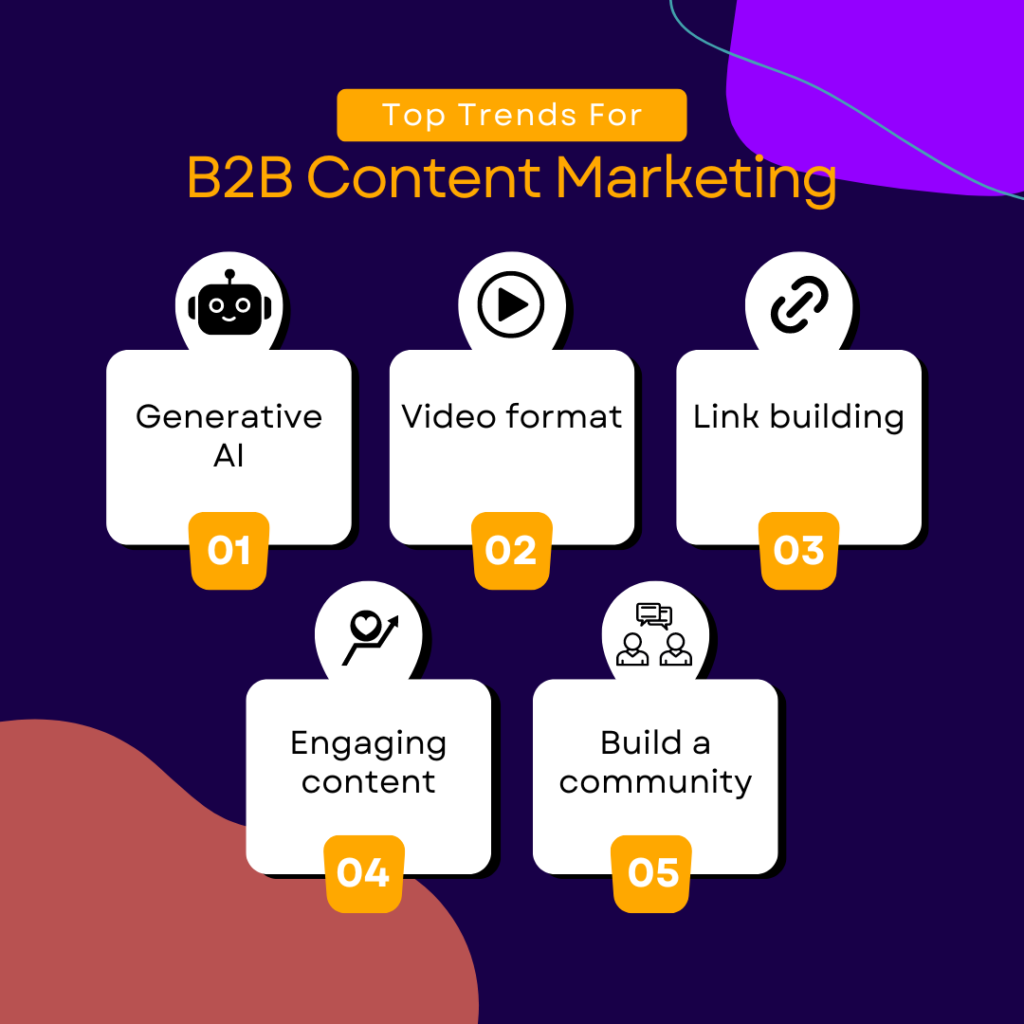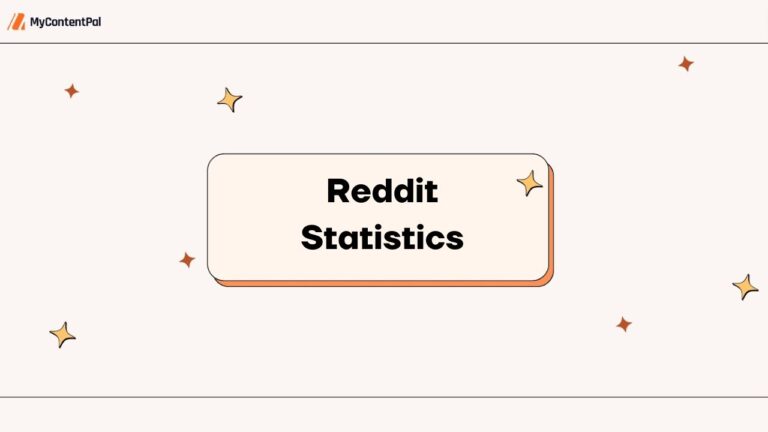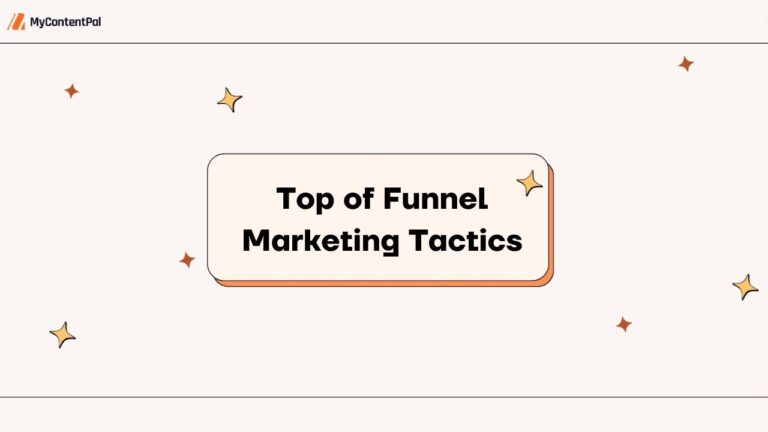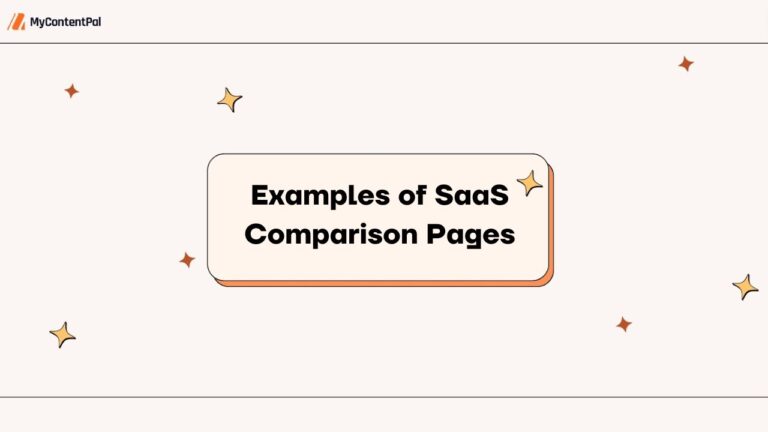
One thing we can all agree on is how important content marketing is for businesses. I did a deep dive into some of the largest content marketers to understand the current and future trends of content marketing, AI, and how to continue to generate leads.
So, let me share what I’ve learned with you – here’s what you need to know before developing your B2B content marketing strategy.
The best part? These trends are affordable, making them a sound ROI and kind to your bottom line.
5 Innovative B2B Content Marketing Trends
Here are the 5 most innovative and exciting trends to incorporate into your future B2B marketing strategy.
1. Generative AI tools
No, the robots are not about to take our jobs – but they can certainly make it easier!
According to Statistica, over 90% of marketers across 35 countries are using AI, and I expect this trend to continue well into the future.
But, AI is not being used for creating content. Instead, these generative AI tools are used for brainstorming, ideation, and overcoming “writer’s block”.
AI can be used to:
- Brainstorm keywords to use in marketing materials.
- Create content outlines.
- Generate target personas.
- Outline a general content strategy.
- Draft outreach emails.
- Create design ideas and design elements.
- Segment your target audience based on their user behaviour.
Here are some more quick facts surrounding AI use and marketing, according to Statistica:
| Global AI marketing forecast for 2028 | $107 billion |
| Worldwide marketers using AI for the personalisation of content | 88% |
| Worldwide marketers incorporating some form of AI into marketing strategies | 80% |
| B2B marketers in the US using chatbots to better understand their audience | 57% |
| B2B marketers in the US using chatbots to generate leads | 55% |
| Marketers who specifically use ChatGPT | 34.5% |
| Marketers who plan to use AI in the future | 26% |
| Marketers who do not plan to use AI | 10% |
AI speeds up the digital marketing process, but it can’t yet replicate the marketing efforts of humans.
And even those who use AI to actually create content still need to edit it with that human touch and emotion.
That said, there is a place for AI in your marketing strategy, and honestly, it’s time you embrace it because it’s only going to get more powerful.
So, how can you use AI in your content marketing strategy?
Use it to streamline the process! Here’s how:
- AI is a powerful tool to identify trending topics and keywords that you can include in your content strategy.
- Use AI to research headlines.
- Do a competitor analysis – compare your content to that of your top competitors and identify gaps in your own content. You can also find out how you can improve on the content that’s already out there.
- Proofread your content to catch any spelling errors, typos, grammar issues, or inconsistencies.
- Create social media posts from blog posts and longer articles.
There are a lot of paid AI tools that you can use, but if you use AI for the processes I listed above, you will find that free versions of different AI tools (like Open AI’s ChatGPT or Google’s Gemini) are sufficient.
Concerns with using AI for marketing efforts
Let me just play devil’s advocate here for a second. Despite the majority of content marketers in the B2B realm embracing AI, there are still those who refuse to. These are their main concerns:
- The accuracy of information
- Not understanding how to get the most out of the tools
- Copyright issues
- No internal company guidance documents on using AI
Although these concerns are valid, B2B companies need to set up guidelines, internal SOPs, and training to help employees and marketers understand and use AI to its fullest capacity.
2. Using the right content format – Videos!
Content marketing is all about creating the right content. And in 2024 (and beyond), that is video content.
As mentioned, AI is making content production easier than ever. However, now everyone is basically doing the same thing: listicles, long-form content, and any clickbait articles that grab attention.
I don’t think that’s the way to go any longer. B2B companies need to focus on interactive content that engages their target audience in ways that blogs and articles can’t. Initially, short-form video content, like stories and reels, saw a massive uptake in B2B marketing.
But, that has slowly changed. Users no longer want rapid-fire videos shot in their direction. They want to receive value, and that can only be achieved by longer videos with more details and real expertise.
When you’re able to engage a viewer, they’ll remember you. That means leads and conversions! According to Oberlo, videos generate 66% more leads than other types of content.
Just look at Adobe. Their video content gets a 27% higher clickthrough rate than their other content – proof that video content works.
Plus, videos are a key social media marketing tool – people love sharing videos across their social media platforms.
You can use videos for:
- Tutorials
- Customer reviews and testimonials
- Educational videos about your products or services
- Behind-the-scenes videos showing your company culture (team building, social events, product launches)
- Showing your success by doing a yearly wrap-up video
Of course, your videos should still follow SEO basics, like optimising your descriptions and showing your experience and authenticity.
3. Continue with link building
You need a strong link-building strategy as part of your overall content marketing approach. Link building has always been important in SEO. And with the Google algorithm leaks, we can see that this is still the case.
And it is not just something you can do in passing. To acquire high-quality links, link building needs to be a priority.
Whether you opt for manual outreach or organic link generation is up to you (although the latter is better in my opinion as it reflects the quality of your content).
Here’s how I’ve successfully built organic links:
- Create valuable content that attracts links (like stats, surveys, etc.).
- A strong internal linking strategy.
- A carefully crafted content library.
4. Interactive, engaging content
I’ve mentioned engaging content when I spoke about videos; however, creating valuable, engaging content goes beyond just creating a couple of videos.
In the past, B2B content was all about providing information. But that has transformed… mostly. Of course, evergreen informational content won’t be going anywhere, but you’re going to have to also introduce interactive content to your content marketing strategies.
So, what does this content look like?
- Surveys (these can be incorporated into future marketing efforts)
- Polls
- Quizzes
For example, if you’re a commercial boiler installer, you can have a quiz on your website asking customers about the size of their business, number of employees and industry, and then suggest a type or size of boiler to them.
You can share this content across different platforms, like on your website, as part of a newsletter, or on your social media pages.
Any insights gathered can then be used by marketing teams to refine their strategies.
5. Build your community
B2B marketing is often considered vastly different from B2C marketing as a business audience is completely different from an individual customer.
But, as you would with B2C marketing, you can still build a community within the B2B sphere. Brand community is slightly different, but when we look at Salesforce, we can see how they do it.
Through Salesforce’s learning center, users can engage with others in the community, access learning materials and find job opportunities.
But that’s not the only way to foster a sense of community:
- Host webinars
- Participate in forums
- Create content that addresses your users’ needs
- Share user-generated content
How To Track The Success Of Your Content Marketing Strategy
Once you implement these trends, it is time to track how effective they are. There are three key performance indicators you should track to measure how successful your B2B content strategy is:
- Lead generation
- Conversions
- Content engagement
I’ll discuss these in greater detail below.
Lead generation
- Form submissions: Track how many people fill out your forms on your website (like feedback forms, or newsletter signup forms) after consuming content.
- Landing page conversions: See how many people who click on your CTAs actually convert on your landing pages.
- Lead source tracking: Use UTM parameters (snippets of code added to your URLs) to track which pieces of content drive the most qualified leads.
Once you know what works, do more of it!
And even when you notice your strategy is working, don’t stop. You now need to nurture these leads and turn them into customers.
How?
Through personalised content, free trials and email marketing.
Conversion rate
- A/B testing: Test different elements to see which parts of your content (CTAs, headlines, landing page layouts) are converting at a higher rate.
Content engagement
- Look past vanity metrics: Vanity metrics, like traffic and social media followers, are obviously important, but they only tell a part of the bigger story. You should focus on other metrics that show how engaged your audience is, like:
- Time spent on page
- Scroll depth
- Comments
- Shares
By tracking these metrics, you can adjust your content marketing strategy based on real data.
Final Musings
The B2B content marketing landscape has changed a lot over the past few years as new tech and strategies develop, and it is going to continue to evolve.
But, by embracing the emerging and ongoing trends and tracking your efforts, you’ll be able to create a marketing strategy that engages your target audience, generates leads and drives conversions.
Ready to take your B2B content marketing to the next level?
Contact My Content Pal to learn about our SEO solutions that drive conversions.





